AC Not Turning On | Central Air Conditioner Not Cooling | DIY Tips
Here are a couple of questions we get every day, why is my ac not turning on? Or why is my air conditioner not cooling? Well, obviously, it can be for many reasons. Continue reading the list below and with a little help from the DIY AC troubleshooting repair tips.Hopefully, your HVAC problems will be resolved before having to call for AC repair service. Below is a list of common home air condition problems. Read through and follow the links listed in the sections for more detail.
Common Air Conditioning Problems:
Central air conditioning runs but doesn't cool enough
The most common reason for a residential air conditioning system to lose cooling capacity is lack of system maintenance. If you have noticed the electric bill slowly creeping up, or you know for a fact that you haven't been as diligent as you should be maintaining your ac system, now is the time.
A home air conditioning system is just a machine that transfers heat from inside your house to the outside. If the evaporator coil in the air handler ( inside unit ) is dirty or the condensing unit (outside unit) is dirty, it is like putting a blanket ( of dirt ) on the coils. The Freon in the system cannot absorb or reject the heat from the system as efficiently as designed.
Check AC Air Filter
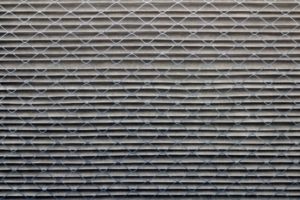 A dirty air filter can restrict airflow across the evaporator coil in the air handler. If this happens, Freon/refrigerant pressure in the system can drop below freezing causing the humidity in the air to freeze on the surface of the coil. If ice is present, turn the fan setting to on at the thermostat and turn the cooling setting off.
A dirty air filter can restrict airflow across the evaporator coil in the air handler. If this happens, Freon/refrigerant pressure in the system can drop below freezing causing the humidity in the air to freeze on the surface of the coil. If ice is present, turn the fan setting to on at the thermostat and turn the cooling setting off.
This will allow the indoor fan only to run, but the cooling or the condenser will stay off. This will allow room temperature air to circulate through the air handler to melt the ice. Just make sure all the panels to the air handler are in place.
If the evaporator coil is heavily iced, this can take a couple of hours. Once you can visually see the ice is gone or good airflow from the supply vents is felt, the system can be restarted. Monitor the system, if ice forms again with a clean filter, you likely have a Freon leak. This must be addressed. Call for AC repair service.
Dirty evaporator coil
If your system wasn't filtered ( shame on you ) or maybe was not changed frequently enough. Dirt can embed in the evaporator coil itself. To check the AC evaporator coil, you need to look the bottom side of the coil, the side that the direction of air is being pulled from on the return air side.
Depending on how the system is set up this may not be possible, in some applications, ductwork would have to be cut to gain access. If there is access, Most home stores sell specific evaporator coil cleaner that can be sprayed on to clean. If densely matted with dirt, a nylon dish brush can be used to remove the heavy dirt.
If you choose to use a brush, caution must be used to prevent damage to the fin surface of the evaporator coil. DO NOT FLATTEN THE FIN SURFACE. This can permanently damage the evaporator coil. If the cooling coil is extremely dirty, call an HVAC company to complete the job. The coil can be cut out and thoroughly cleaned with stronger chemicals for a much better result.
Dirty Condenser Coil
The condenser coil on the outside unit needs to be frequently cleaned. All the dust, dirt, grass clipping, leaves, dryer vent lint, etc. whatever is there gets sucked into the condenser coil. The condenser coil rejects the heat out of the refrigerant. If the coil is dirty, the system will lose the ability to reject the heat out of the Freon/refrigerant.
Again, the appropriate cleaner can be purchased at a home store or online. Condenser coil cleaners tend to be much stronger because they are designed for outside use. The fumes from the chemical are not being circulated in the house.
Make sure to follow directions and rinse thoroughly with water. If a too strong a concentration is used, the coil cleaner itself can damage the condenser fin surface. Also, when using a hose to rinse, don't go crazy with the water pressure. Make sure not to damage the fin surface as the coil is flushed as this can cause permanent damage.
Check the ductwork
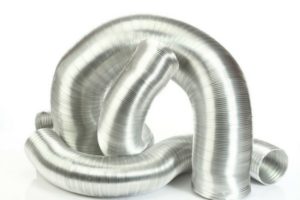 If the system is working OK and it is clean. If there is a sudden loss of cooling, Did you have a cable guy, phone guy or anybody in the attic or crawl space where the ductwork is located? They are notorious for crushing/damaging the ductwork.
If the system is working OK and it is clean. If there is a sudden loss of cooling, Did you have a cable guy, phone guy or anybody in the attic or crawl space where the ductwork is located? They are notorious for crushing/damaging the ductwork.
Squirrels, rats and other critters can do a lot of damage as well. An open return duct in the attic can pull in hot air that affects the performance of the unit. An open supply duct dumps the air before it reached the conditioned space.
Even if the air distribution system is tight, a poor design has a significant impact on the performance of the air conditioning system. An HVAC contractor can perform a static pressure test to check on how it's performing. Static pressure is a measurement of the resistance of air flow through the system. If you suspect an open or damaged duct and you don't want to crawl into the duct space, there is a simple test you can do.
Use a digital thermometer to check what the temperature of the air is coming out each of the supply vents. If the temperature is not 17 to 20 degrees lower than the indoor air temp, it may be a sign that there is heat gain through the ductwork or that there is a design issue. Did you know that if the air is colder than 20 degrees that there may be an issue too? How can the air be too cold?
Restrictive, undersized, poorly designed ductwork, can slow the air that moves through the system. This can place stress on the unit, shorten the life of the AC system, and reduces performance. The 16 seer high-efficiency air conditioning unit you just paid for is, in reality, a 12 seer unit because its performance parameters are out of whack. We see it all the time. Ductwork is critical for performance.
Your AC won't turn on / Home AC not blowing cold air
Reasons AC won't come on related to the air handler/thermostatMake sure the thermostat is correctly set
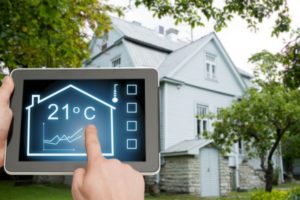 This may seem pretty obvious, but we receive calls every year where the thermostat merely is the problem. Confirm the fan is set to "auto" this allows the indoor blower to turn on when cooling turns on and shuts off when the temperature setpoint is reached.
This may seem pretty obvious, but we receive calls every year where the thermostat merely is the problem. Confirm the fan is set to "auto" this allows the indoor blower to turn on when cooling turns on and shuts off when the temperature setpoint is reached.
If the thermostat fan is set to "ON," the air handler blower will run continuously regardless of the temperature in the house. Sometimes this is desirable for additional air filtration but in most cases not recommended.
If your ductwork is located in the hot attic, and the blower fan is on continuously. The conditioned space will often gain heat from the heat transfer to the air conditioning ducts in hot attic space. Confirm the thermostat is set to "COOL" and the temperature set point is lower than the room temperature.
If you notice the "COOL" flashing or maybe a snowflake icon flashing on display, this is a built-in time delay safety mechanism designed to allow the system refrigerant pressure to equalize. This will clear in about five minutes, and the AC system can come on. If your HVAC system is a heat pump, there may be an additional time delay built into the condensing unit outside. So give it 15 minutes max to allow all time delay mechanisms to time out.
Condensate safety float switch tripped
If the condensate drain line is restricted/clogged, water that usually drains outside can back up and engage a safety switch designed to break the control circuit and shut off the air conditioning system. With the equipment off, water is no longer being generated from condensation and won't overflow into your house. If the float switch is tripped, Depending on how the installers wired, it may break control power to the air handler as well as the condensing unit and your thermostat would be blank or possibly just the condensing unit outside may be offline, but the air handler will kick on.The digital thermostat is blank
If there is no power to the thermostat, nothing happens. Your thermostat directs control voltage to energize and turn on your air conditioning system components.Reasons why digital thermostat is blank
Check thermostat batteries. Depending on how the system is wired, the digital thermostat may require batteries for the AC system to operate. Replace with fresh batteries. If you notice a spot for the batteries, but none are in place, the thermostat is likely wired to pick up power for display and operation from the air handler.
If the thermostat is blank with new batteries or batteries are not required. Check incoming power to the air handler. The thermostat receives 24-volt control power from a transformer located in the air handler. If there is no power to the air handler, Your central air conditioning system won't turn on.
Check Air Handler power supply
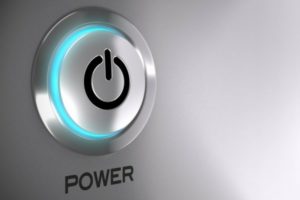 Check the main circuit breaker panel for a tripped breaker If you have an air conditioning split system (air handler inside, condensing unit outside), you will have two separate breakers that energize the system. Check the main circuit breaker panel.
Check the main circuit breaker panel for a tripped breaker If you have an air conditioning split system (air handler inside, condensing unit outside), you will have two separate breakers that energize the system. Check the main circuit breaker panel.
Look for a two pole breaker; often it is marked "A/H" for air handler or "HEAT" because an electric heat strip is located in the air handler. If the breaker is tripped, reset.
Sometimes a circuit breaker will not appear to be tripped, Flip the breaker to the full off position and then back on. If your house has fuses instead of breakers in the electrical panel, confirm the fuse (fuses) are appropriately sized and that they have not blown. If the breaker is reset or AC fuse replaced, but it immediately trips or blows a fuse again. Call an HVAC company to determine the reason; there is a more severe problem.
Check for a fused electrical disconnect at air handler
The main breakers are ok, check and see if there is a fused disconnect located near the air handler. You may or may not have one. Check fuses here if available and replace if necessary. If your house has gas or oil for heat, often there will be a toggle switch (light switch) on the wall close to the unit. Confirm this is on. 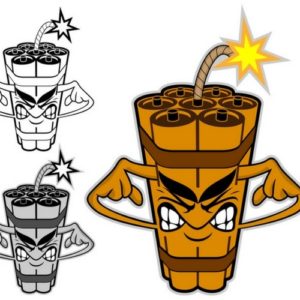
Transformer control circuit fuse is blown
Warning- High voltage is located in the air handler. Power must be off. If not sure, do not attempt a repair.The transformer that supplies power to the control circuit is located in the air handler. In most cases, there is a 3 to 5 amp fuse inline designed to protect the transformer.
If this is blown, again no control power, nothing runs. Depending on the brand of home AC unit, the fuse is a glass fuse or a blade style fuse. This fuse is what often blows when a customer tries to install a new thermostat without shutting off power to the air handler first.
Thermostat is defective
Thermostats do fail. There may be power present, but the thermostat itself is not functioning. If it is determined the t-stat itself is the problem and you decide to install a thermostat yourself, make sure the main breaker to the air handler is shut off, so the control fuse isn't inadvertently blown.
There is a test you can do to confirm the thermostat is bad. With the face of the thermostat off, and the wiring terminal exposed. Make a small jumper wire. Touch one end of the jumper wire to the "R" terminal screw which should have a red wire on it, take the other end and touch the "G" terminal screw. The indoor fan should come on. If this happens, there is control voltage at the thermostat. The thermostat is likely defective.
Blower motor won't come on
Maybe there is power to the air handler, the outside unit kicks on, but the air is simply not circulated through the house. A relay, control board, or blower motor module may have failed in the air handler, or the blower motor itself is not working. Not much you can do here, call a professional air conditioning company for repair.If the condensing unit outside is operating and blower motor sounds like it's running, but you can't feel air blowing from the supply vents, there is a possibility the evaporator coil is iced up for a variety of reasons. Check out the previous link for more detail.
Air handler is working, but AC isn't blowing cold air, the condensing unit outside is not running

The central air conditioning system may appear to be operating as usual to the homeowner, but the typical service call we receive is "my ac is blowing hot air."
This is exactly what it's doing, warm room temperature air is being circulated because the condensing unit outside is not functioning. Go outside and check.
Condensing unit is silent
Nothing is running outside. The outside ac condenser won't turn on, no humming, completely quiet. As listed above, check the safety condensate float switch. It may be keeping the condenser offline.
If the A/C condensing unit is a Rheem system, there may be a red high-pressure reset button near the bottom of the unit. This button is a manual high-pressure safety switch. If this button is depressed, the safety switch should reset. If the unit starts to work but trips again, do not reset again. Call for service.
Check the condenser circuit breaker
 If the condenser is totally quiet when it is inspected, There may be no power to the unit. Confirm the circuit breaker that supplies power to the unit has not tripped.
If the condenser is totally quiet when it is inspected, There may be no power to the unit. Confirm the circuit breaker that supplies power to the unit has not tripped.
You're looking for a two pole breaker; it may be labeled AC unit or condenser. Shut breaker off entirely and then flip back on. Check and replace the fuse(s) if your house is set up this way.
Check for a fused disconnect
There should be an electrical disconnect box outside near the condensing unit. The disconnect allows technicians to isolate power if service is needed.
The disconnect may have fuses in it. Check to confirm if the fuses are still good. Before attempting to change out make sure the main breaker to the circuit is shut off.
Condenser sounds like it is running
If the condenser fan is running, it doesn't mean the compressor inside is. Check the larger refrigerant line that is insulated that goes to the unit, If this line is cold, the compressor is operating. If there is ice on the refrigerant line, shut the unit off.
Ice can form for a variety of reasons including Freon loss, dirty air filter, dirty evaporator coil, etc. If this refrigerant line is not cold, then it is possible that compressor is offline. Possible reasons being run capacitor has failed, contactor not pulling in or is defective, the compressor has failed.
If the outside condenser sounds like it is running, but the condenser ac fan is not working, shut the unit off. Again, the condenser fan may be offline for the same reasons as above. Defective run/dual capacitor or the condenser fan motor may have failed. Shut the unit off and call an air conditioning repair company for service.
Outside AC unit is turning on and turn off intermittently
In most cases, this happens if the air conditioner system has built-in refrigerant pressure switches that are designed to shut the HVAC equipment off as a safety mechanism. A low-pressure switch opens and breaks control voltage if, for example, the Freon level is low or system pressures drop below a certain level.
Another reason is that there is a restriction in the system such as a restricted TXV valve, desiccant dryer, etc. The high-pressure safety switch is just that, reasons for system pressures to exceed reasonable limits are, condenser fan not working, dirty condenser coil, a restriction in the refrigerant circuit.
None of the above are good for a home air conditioning system. Shut the AC system off. The reason the ac turns on and turns off repeatedly is once the pressure switch opens, the ac system turns off, Freon pressures equalize, and the switch resets. The system then repeats the cycle.
Above are some of the most common reasons we commonly see for why your home ac is not turning on. Any time the air conditioner is not working correctly, it is always best to shut the system off entirely.
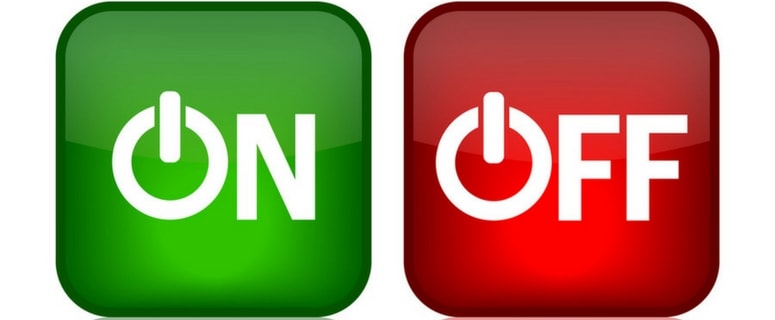
Air handler won't shut off
When an air conditioning system won't turn off, often something failed on. I think that makes sense. If the thermostat is satisfied at set point temperature, it should break power to the system components, and everything shuts off.Often there is a relay or control board in the air handler that is designed to help make the unit more efficient. The purpose is to dump the cool air in the duct work at the end of the cooling cycle, into the conditioned space instead of just wasting it.
Think of how often the unit cycles over the years, this adds up. Well, if this component fails closed, the air handler can stay on continuously. The air handler never shuts off.
Condenser won't shut off
If the condensing unit stays on after the cooling cycle, it can lead to bigger problems. If Freon circulates without the air handler on; this can lead to trouble. With the air handler off, no heat is being absorbed into the refrigerant, and the coolant doesn't change state from a liquid to a gas.
Liquid refrigerant makes its way back to the condensing unit, and the compressor can be damaged. Can't compress liquid refrigerant. The most common reason for this is a welded contactor. The contactor is the switch that breaks the line voltage to the condensing unit.
Sometimes because of excess amperage or poor condition of the contactor points, the contactor can literally weld together in the closed position, and the unit remains on. The only thing to do if this happens is to shut the circuit breaker off to the unit or pull the disconnect and make the repair.
Thermostat wiring damage
Thermostat wiring can be exposed outside, in attic space, at the air handler. Thermostat wiring is used for the 24-volt control voltage needed to operate. If a weed wacker hits the wiring outside, or UV damage from the sun deteriorates, Animals may chew it.
Wiring damage can create issues where the unit can stay on, not come on or even a direct short. A pinched wire is very common as well.
Air conditioning system may need to be replaced
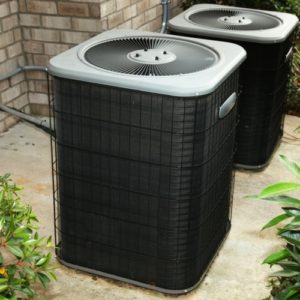 Sometimes your central ac isn't cooling or not cooling enough is, because it's old. As the AC system ages, parts wear out. Compressors lose compression & lose the ability to pump as efficiency.
Sometimes your central ac isn't cooling or not cooling enough is, because it's old. As the AC system ages, parts wear out. Compressors lose compression & lose the ability to pump as efficiency.
The evaporator coils start to get pinhole leaks and begin to lose Freon. Condenser coils oxidize and lose heat transfer ability. Parts simply wear out. Your air conditioning system operates approximately 60% of the day in the summer.
If you live in Florida, by the salt water. The life expectancy of an air conditioner is even shorter. If your system is ten years old and a major repair is needed, often time it makes sense to apply the money towards a new central air conditioning system with improved efficiency, 10-year factory warranty, and trouble-free performance and improved comfort.
Why your Air conditioning system needs maintenance
A thorough annual ac maintenance program helps to stop a majority of the air conditioning problems listed above. Air Zero offers a maintenance plan the covers the following during a system tune-up. The condensing unit is checked for the following.
The AC compressor & condenser fan is checked for operation; amperage draw is recorded and checked against what each component is rated for and that it still falls within the guideline for each component. The Dual run capacitor is tested for rated microfarad capacitance. If the run capacitor is weak or underperforming, the homeowner will be informed.
If the unit is a heat pump system, the reversing valve is checked for operation. The compressor contactor is inspected for a voltage drop across the contact points and checked for pitting or wear. Freon pressures are checked and can be adjusted to maintain optimum efficiency.
If Freon pressures are found to be low, this is the time to address a possible Freon leak in the system. The condenser fin surface condition is noted. The condenser coil is chemically cleaned to improve efficiency.
A general overview is given to inspect if the exposed thermostat wiring is deteriorating, refrigerant suction line insulation is ok, Schrader cap seals are still holding up, the electrical disconnect is in good condition, we check for poor electrical wiring connections, etc.
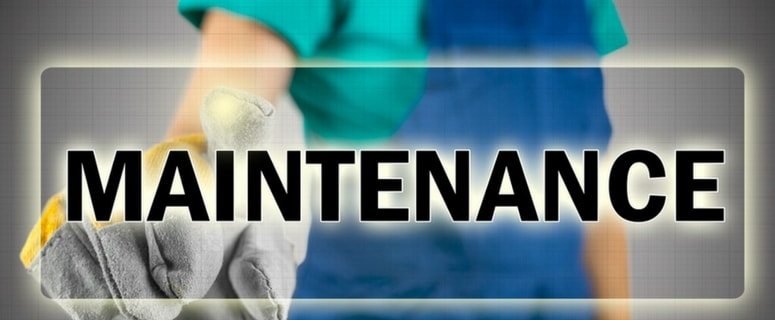
- The air handler inspections include :
Inspect electrical connections and look for burn marks on circuit boards. The electric heat strips are energized to burn off the dust that has accumulated. The supply air temperature split is checked to see if it falls within an acceptable range.
The thermostat programming is checked and that it is securely mounted on the wall. All of this and more. All HVAC system measurements are recorded and can be used for future visits as a reference to see if there have been any significant changes to the system. Annual maintenance goes a long way toward extending the life of your HVAC system and preventing major AC system breakdowns.
 Need a trusted HVAC technician in Largo to repair your AC ? Give us a call at 727-392-6111 to schedule a service call.
Need a trusted HVAC technician in Largo to repair your AC ? Give us a call at 727-392-6111 to schedule a service call. Air Zero provides air conditioning service to St. Petersburg, Clearwater, Seminole and all of Pinellas County Florida.
Check out some additional blog post of interest:
Why you should consider a dehumidifier in your Florida house Whats that Smell coming from my air conditioner? Why does the "Aux " setting on my thermostat come on and what does it mean?Subscribe to Air Zero's Blog



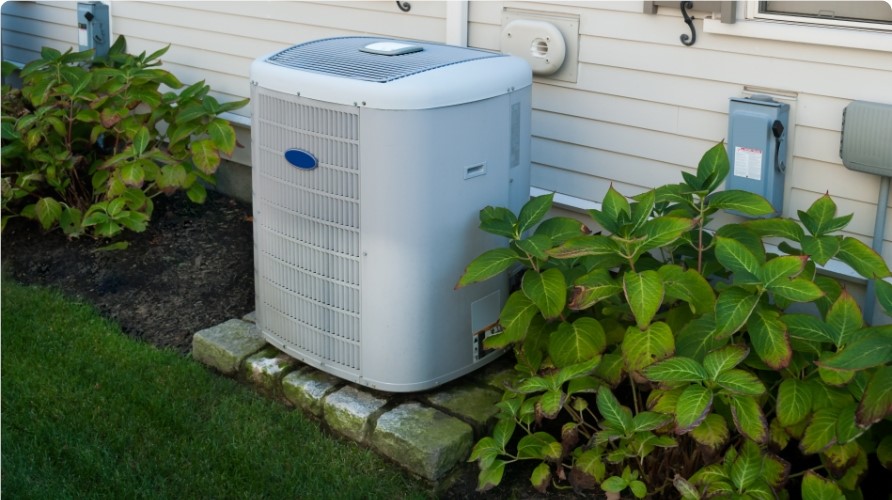

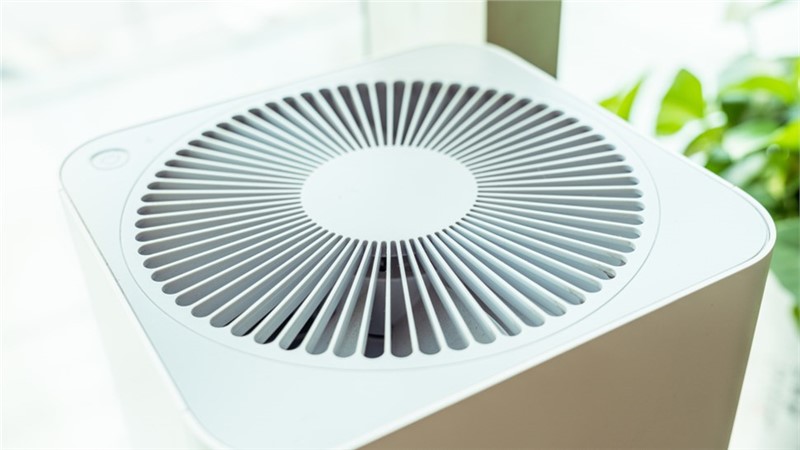
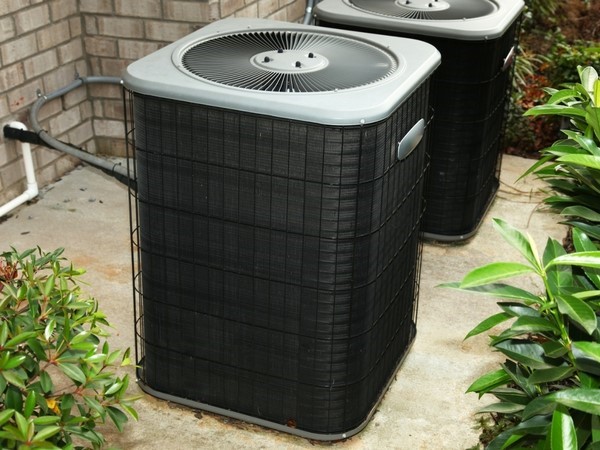
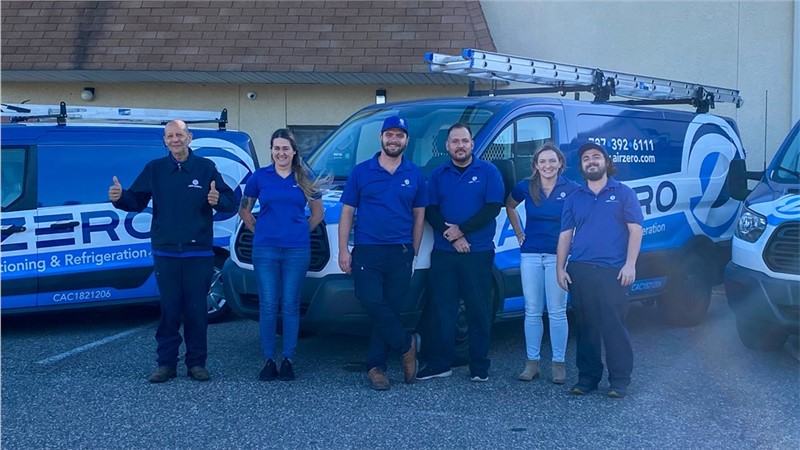

Comments